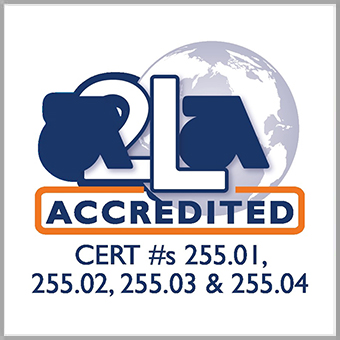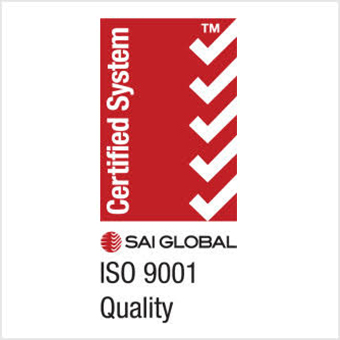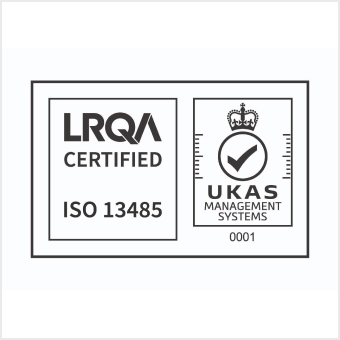If ARDL’s complete chemical analysis is needed, then Extract Analysis is completed. There are several types of analytical techniques and sophisticated, computerized instrumentation that are used by ARDL’s chemists to determine the types of ingredients contained in the extract obtained from the rubber sample. A gas chromatograph connected to a mass detector can help the chemist identify unreacted accelerators, plasticizers, antioxidants, antiozonants, waxes, processing aids, peroxide fragments and the hundreds of other chemicals used in the plastic and rubber industries.
High Performance Liquid Chromatography is used to identify plasticizers, antioxidants, antiozonants, flame retardants and the molecular weight of plastics, when coupled with a size exclusion column.
Thin Layer Chromatography is used to identify antioxidants, antiozonants, plasticizers and accelerator fragments. Infrared spectroscopy is used to identify plasticizers, blooms, contamination and percent blends of polymers.
Differential Scanning Calorimetry may be used to aid in the identification of certain plastics that have been added to a vulcanized elastomer by determining its melt point. Conventional methods for identifying vulcanized elastomers would not detect if, for example, Teflon or Nylon had been added.




